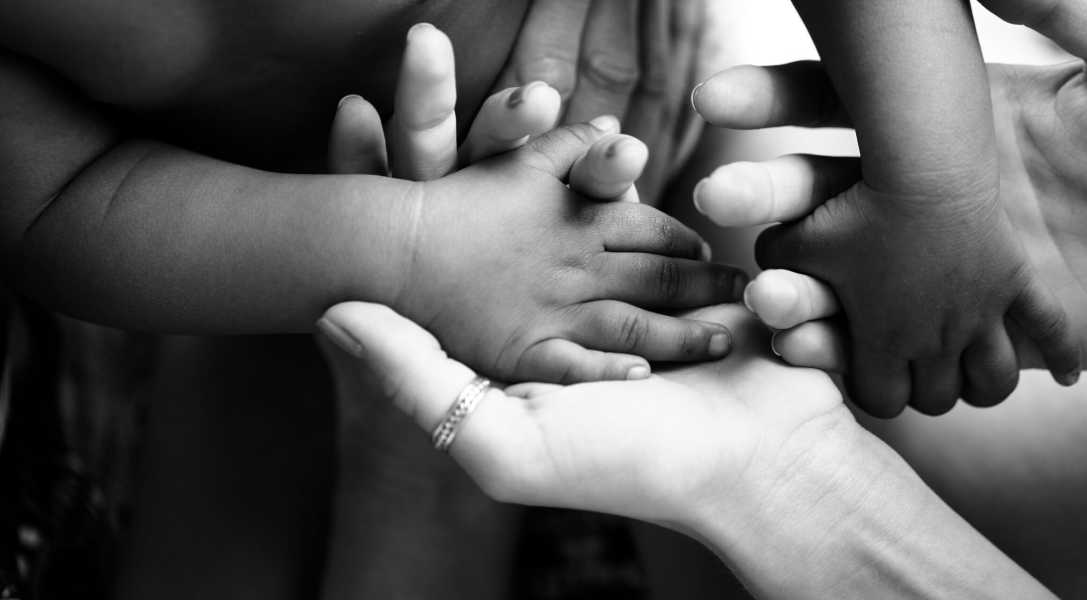Surrogacy advocates be warned: When selling babies becomes an industry, it soon becomes a racket.

Credit: Tverdokhlib
Last year, for the first time since 1992, zero babies from China were adopted in the United States. International adoptions have collapsed across the board since their peak in 2004, when there were 23,000 children adopted from abroad in the United States. Last year, there were 1,500.
International adoption rose and fell precipitously. The number of children adopted across borders roughly tripled between 1992 and 2004, then collapsed almost as quickly.
It’s a simple story of supply and demand—which is the problem.
The supply of orphans should not rise to meet demand. But that is exactly what happens when the size of the industry grows large enough to attract ambitious entrepreneurs. The reason the number of children sent to the West for adoption rose so fast was not because orphanages got better at finding orphans. Instead, in order to meet demand, they were making orphans.
In country after country, international adoption followed the same pattern. A place would become known as a source of children; the number of orphanages in that country would rise; scandals would follow involving baby-selling and kidnapping; the government would ban or tightly regulate international adoption, choking off the supply, and American child-seekers would move on to the next country.
Cambodia was an early example. In 2004, an American woman was jailed for running an international adoption scam where babies were stolen from poor Cambodian mothers, often under false pretenses such as the promise that their children would be sent to boarding school and returned. This woman was said to have made $8 million in profits from the scheme. The U.S. banned adoption from Cambodia in 2001.
Guatemala was next. Tens of thousands of Guatemalan babies were adopted in the years up to 2008, when the country effectively banned international adoption after it was discovered that many of the babies had been bought from impoverished mothers or even kidnapped.
Liberia, Ethiopia, Uganda, Nepal, South Korea, and other countries have all been international adoption hotspots, and all responded by restricting or banning the practice after abuses came to light. Russia, another source of adoptees, banned international adoption by Americans for geopolitical reasons in 2012.
The lesson is clear: In theory, it should be possible to regulate international adoption so that child trafficking, baby-selling, and kidnapping don’t become a problem but genuinely needy children can still find loving homes. In practice, it is prohibitively difficult, especially for Third World countries. The safest thing to do, these countries discovered, is to ban (or severely limit) international adoption entirely and keep the adoption industry small and local.
The rise and fall of international adoption is relevant to the current debate over surrogacy. It is currently estimated that international surrogacy produces 20,000 per year, and the industry is growing rapidly. However, laws vary by country and the regulatory future of surrogacy is unclear.
Already many countries have banned it due to some of the same types of scandals that plagued orphanages. Thailand and India both banned foreign surrogacy in 2015. Prior to the ban, an eccentric Japanese man was found to have fathered at least 16 babies by Thai surrogates. “As soon as they got pregnant, he requested more. He said he wanted 10 to 15 babies a year,” a woman at the clinic said.
Obviously the debate over surrogacy is complicated by the culture wars. The rise in demand for surrogacy in the United States comes mainly from homosexual couples and also in some cases career women who postponed their own childbearing too late, or rich women who delegate childbearing to a third party so they can keep their figure. There are conservatives who consider international surrogacy undesirable on those grounds alone—just as some liberals opposed international adoption for race-essentialist reasons having to do with depriving brown babies of their native cultures.
Subscribe Today Get daily emails in your inbox Email Address:
But bracket the culture war angle for a moment and just look at the facts: We ran a real-world experiment from 1992 to 2005 that proved that, when baby selling becomes lucrative, Third World entrepreneurs will meet the demand, and their methods will sometimes be repugnant.
Child trafficking is a serious problem. Just last year, the world famous athlete Mo Farah revealed that he was trafficked from his native Somalia to the United Kingdom as a child to serve as a domestic slave for a family he had never met. “Baby factories” in Nigeria sell children for between $3,000 and $7,200, sometimes to infertile couples but also as domestic slaves or for ritual killings. If we make it legal to commission children for money from women who have no rights over the child they carry, then the potential for abuse is real and present.
International adoption was an experiment that failed. Many children found loving homes, but the risks were too great. International surrogacy advocates should take note of that failure.
Sourse: theamericanconservative.com






